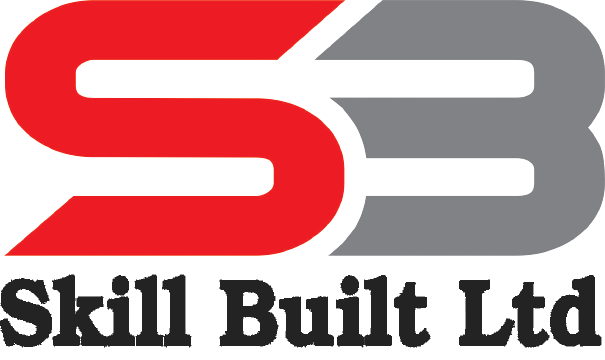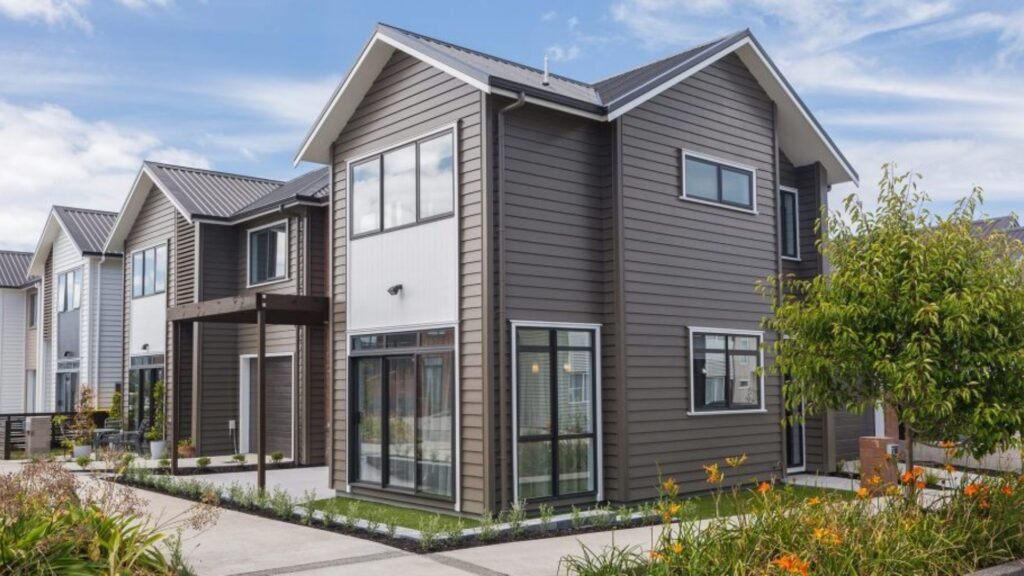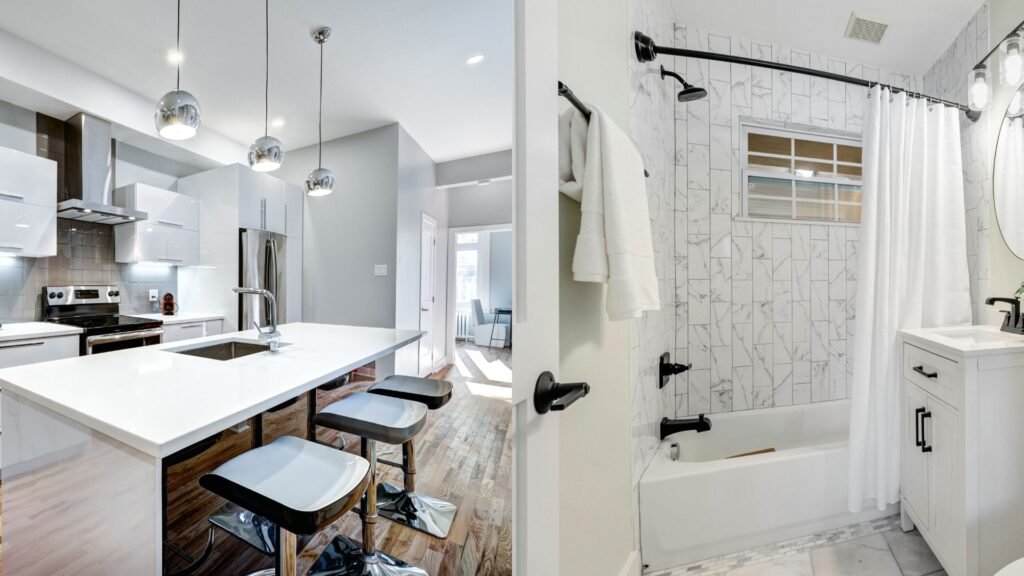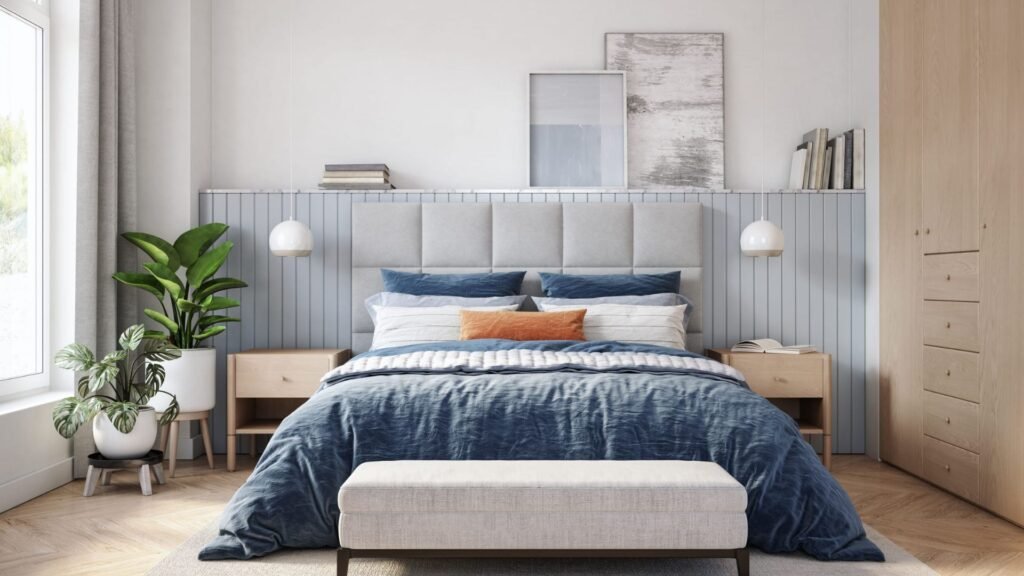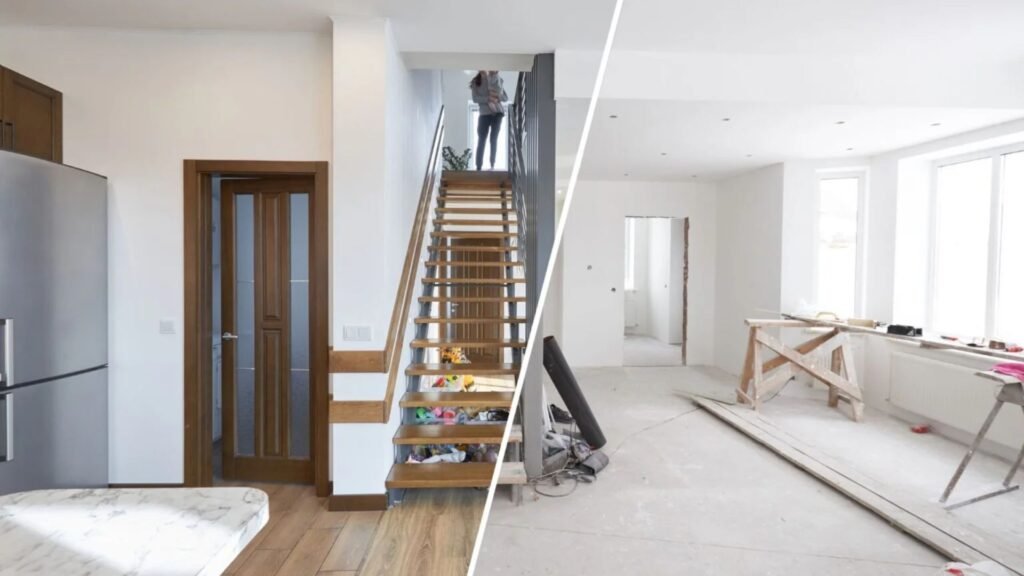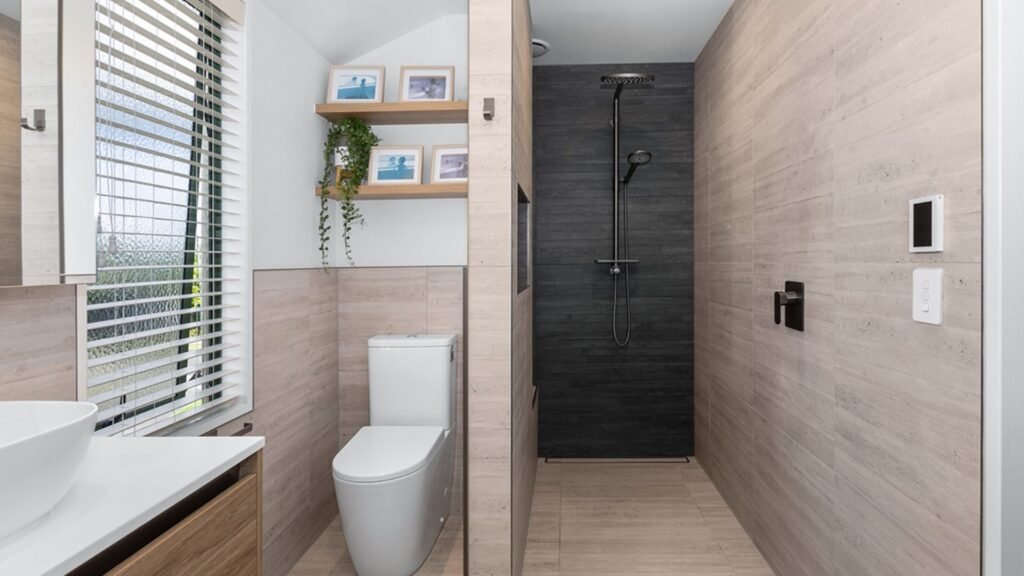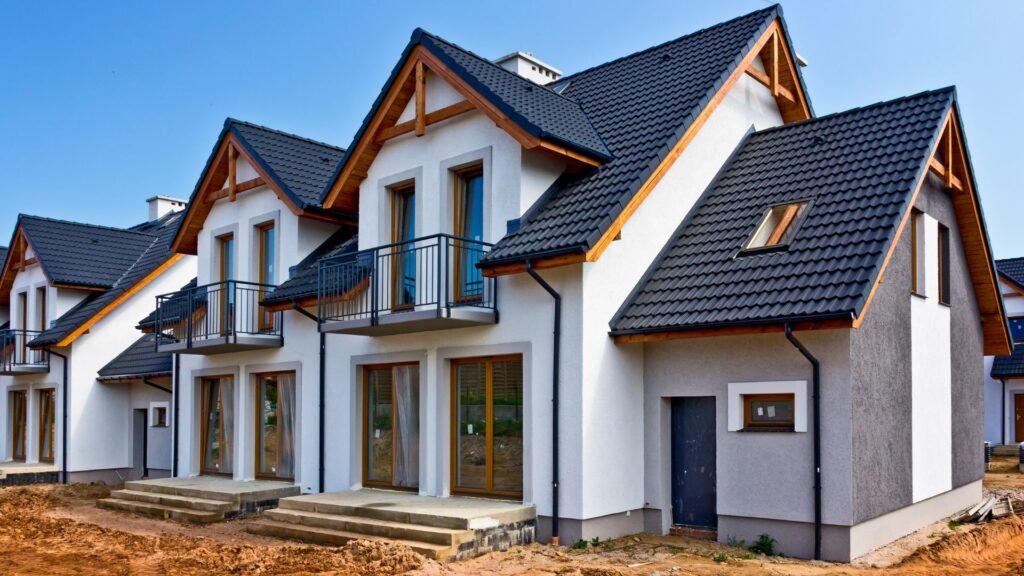Welcome to your go-to guide on new build homes in NZ, a fast-growing option for Kiwis looking to enter the property market, upgrade their lifestyle, or invest in something modern and low-maintenance. New builds offer the appeal of custom features, better energy efficiency, and fewer upfront repair costs, making them a smart choice for many. Whether you’re a first-time buyer using your Kiwi Saver or someone considering a house and land package, this post covers everything you need to know, from financing and location tips to the pros, cons, and how to avoid costly mistakes.
New build homes in NZ are newly constructed properties that have never been lived in. They offer modern features, lower maintenance costs, and may qualify for government incentives like the First Home Grant. Buyers can choose from turnkey packages or custom builds, with options available across cities and regional areas.
Table of Contents
What Is A New Build Home?
Definition In Plain Terms
A new build home is a property that has been newly constructed and has never been lived in before. It’s built from the ground up using new materials and must meet the most up-to-date building codes and standards. When you buy a new build, you’re the very first owner, there’s no history, no wear and tear, and everything is brand new.
This includes homes built by large developers, small construction firms, or even custom-built projects on private land. New builds can be sold directly by the builder or offered as part of a development.
How It Differs From Existing Homes
New build homes are different from existing homes in several important ways. First, you’re buying something that hasn’t been used. Existing homes may have character and established gardens, but they also come with potential issues like outdated wiring, plumbing, or insulation.
With a new build, you’re starting fresh. You’ll get better energy efficiency, modern layouts, and no need for major renovations. The maintenance costs are usually lower in the first few years, and most new builds come with warranties, something you rarely get with older homes.
Another key difference is flexibility. When buying a new build off the plans, you might be able to choose paint colours, flooring, or kitchen finishes, options you don’t get with an existing property. You also have more certainty around compliance with NZ Building Code standards, earthquake safety, and ventilation systems.
Examples: Standalone Homes, Townhouses, Apartments
In New Zealand, new build homes come in a variety of styles to suit different budgets and needs:
- Standalone homes: These are detached properties on their own sections. They’re ideal for families and offer the most privacy and space.
- Townhouses: These are multi-level homes that often share one or more walls with neighbours. They’re popular in urban areas where land is limited and offer a good balance between affordability and comfort.
- Apartments: These are typically part of larger buildings and are common in city centres. They’re great for singles, couples, or investors who want low-maintenance living close to transport, shops, and amenities.
Whether you’re looking for more space, a low-maintenance property, or something modern and efficient, a new build home offers a clean slate with fewer surprises down the road.
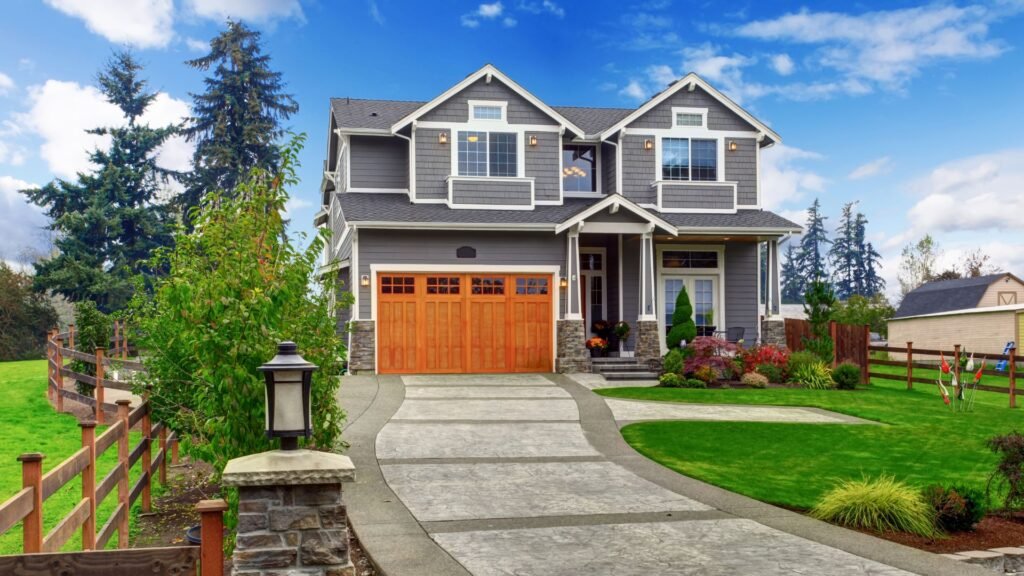
Why New Builds Are Gaining Popularity In NZ
New build homes are becoming an increasingly popular choice for homebuyers across New Zealand. Whether you’re a first-time buyer, an investor, or someone simply looking for a low-maintenance lifestyle, new builds offer a mix of modern convenience and long-term benefits that many existing homes can’t match. Here’s why more Kiwis are turning to new construction as their go-to option.
Government Incentives (E.g., First Home Grant)
One of the biggest reasons new builds are getting so much attention is the support they receive from government schemes. The First Home Grant is a standout example. If you’re eligible and buying a new build, you can receive up to $10,000, double the amount offered for existing homes. This makes a major difference for first-home buyers trying to get onto the property ladder.
New builds may also qualify for lower deposit requirements under the First Home Loan scheme. These benefits not only make new builds more financially accessible but also give buyers confidence they’re making a supported investment.
Low Maintenance And Energy Efficiency
Older homes often come with hidden costs, leaky roofs, outdated wiring, or poor insulation. New build homes in NZ are designed to meet modern building codes, meaning you get double glazing, better insulation, and energy-efficient fittings as standard.
This leads to lower power bills and fewer unexpected repairs. You won’t need to worry about replacing the hot water cylinder or fixing rotting window frames anytime soon. For busy professionals or families, this peace of mind is one of the biggest selling points.
Customisation Options During Construction
Buying a home that’s still being built gives you the chance to make it your own. You can choose finishes, layout tweaks, kitchen styles, flooring, and even exterior colors, something that’s rarely possible with existing homes.
This personal touch allows buyers to align the space with their lifestyle from day one. Whether it’s installing a walk-in pantry, adding a home office, or opting for low-maintenance landscaping, you’re not just buying a home, you’re helping shape it.
Appeal To Investors (E.g., Bright-Line Rule Exemptions)
New builds aren’t just for homeowners, they’re also drawing attention from investors. One major reason is the tax treatment. Under the current bright-line property rules, many new build properties are exempt from the extended 10-year rule that applies to existing homes.
New builds also attract high rental demand, especially in growing suburbs and new developments with good infrastructure. With lower upkeep costs, modern compliance, and solid tenant appeal, new builds are seen as safer, more predictable investments.
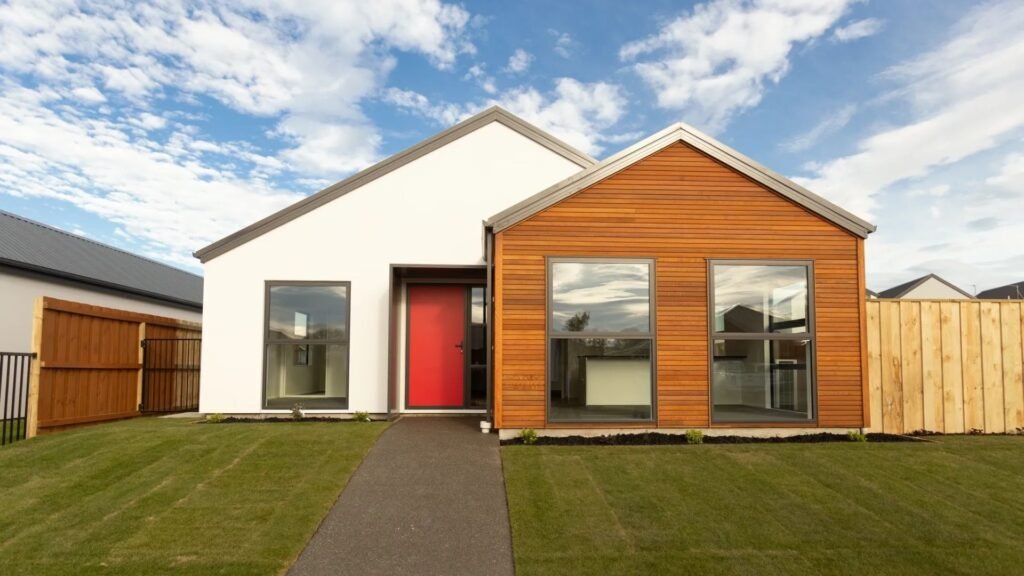
Pros Of Buying A New Build Home
Choosing a new build home in New Zealand comes with several practical advantages, especially for buyers who want a fresh start without the hassle of fixing up an older property. Whether you’re a first-home buyer or upgrading, the perks of buying a new build are hard to ignore. Here’s a closer look at the key benefits:
Move-In Ready With Modern Features
New build homes are designed for immediate comfort. You won’t need to repaint walls, replace old carpet, or upgrade outdated appliances. These homes often come with open-plan layouts, double glazing, smart lighting, energy-efficient heating systems, and modern kitchens. That means you can move in and start living without lifting a hammer. Everything is brand new, functional, and made to meet the needs of today’s homeowners.
Lower Repair And Renovation Costs
One of the biggest expenses with older homes is ongoing maintenance. Replacing a roof, updating wiring, or fixing plumbing issues can cost thousands of dollars. With a new build, those worries are pushed far into the future. All materials, fixtures, and fittings are brand new and under warranty. That means fewer surprises, fewer service calls, and more peace of mind. You also won’t need to set aside a renovation budget, which makes financial planning much easier.
Warranties And Guarantees (e.g., 10-Year Building Guarantee)
Most reputable builders in NZ offer warranties that protect you from structural defects and workmanship issues. These guarantees usually last up to 10 years and cover major parts of the home, including the foundation, framing, roofing, and more. If something goes wrong due to poor construction or materials, you’re not left footing the bill. That kind of security is especially helpful for first-home buyers who are stretching their budgets and can’t afford major repairs early on.
Better Compliance With Latest Building Codes
New build homes are required to meet the latest New Zealand Building Code standards. This includes fire safety, insulation, energy efficiency, ventilation, and moisture control. Older homes may fall short in these areas, leading to higher power bills or health risks like dampness and mould. A code-compliant home helps ensure better comfort, lower energy use, and a healthier living environment for you and your family.
Buying a new build home isn’t just about the look and feel, it’s about peace of mind, cost savings, and long-term value. If you’re after a low-maintenance lifestyle and a secure investment, these homes offer plenty to love. Let me know if you’d like help comparing new build packages or choosing the right area to buy in.
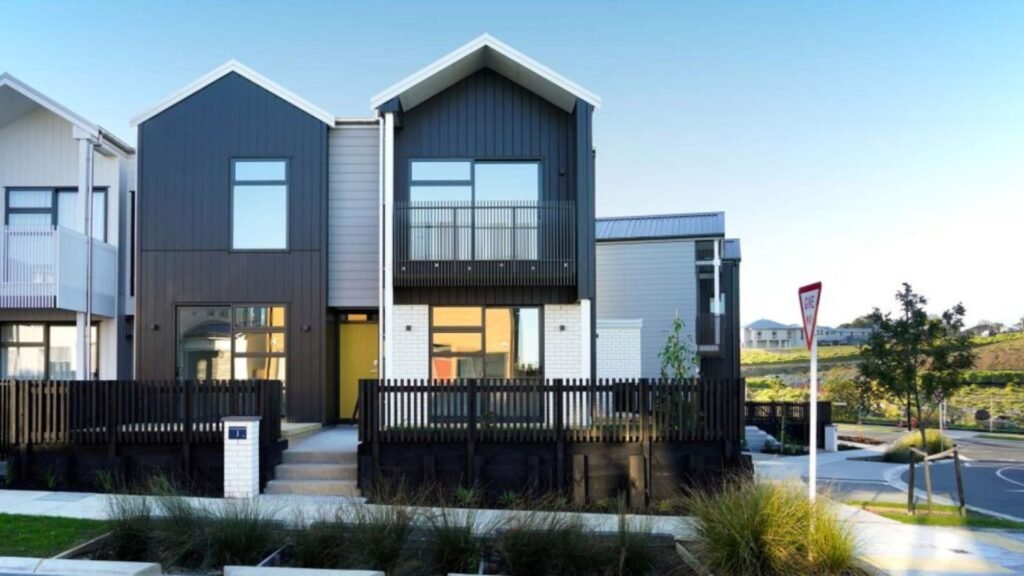
Cons To Be Aware Of
While new build homes in NZ come with many benefits, they also have a few drawbacks you should think about before signing a contract. These cons don’t mean you should avoid new builds, but understanding them will help you plan better and avoid surprises.
Longer Waiting Times
New build homes take time, from planning and consent to actual construction and final sign-off. Most builds can take anywhere from 4 to 12 months, depending on the type of property and the builder’s schedule. Weather, supply chain issues, and council delays can also add weeks or even months to your timeline. If you’re on a strict move-in schedule or need certainty, this waiting period can be frustrating.
Potential Delays Or Changes In Material Costs
Construction costs are rarely locked in stone. If you’re buying off the plans or starting a build from scratch, material prices could rise before your home is finished. Builders sometimes include price variation clauses in the contract, meaning the final cost could go up if materials or labour become more expensive. With ongoing global supply issues, this is something every buyer should keep in mind.
Limited Location Options In Established Suburbs
Most new builds happen in developing areas, where there’s space to subdivide land or build new housing zones. That means you’re less likely to find new build homes in central or well-established suburbs. If your lifestyle depends on a specific school zone, short commute, or being close to city amenities, your options may be limited. You may need to trade location convenience for a newer home.
Harder To Assess The “Feel” Of The Home Before It’s Built
Unlike existing homes, new builds are often sold off plans, so there’s nothing to walk through or touch. You’ll be looking at floor plans, renders, or show homes that may differ from the finished product. That makes it harder to get a feel for space, light, flow, or how the home works in real life. If you’re someone who makes decisions based on instinct or visual impressions, this can be a challenge.
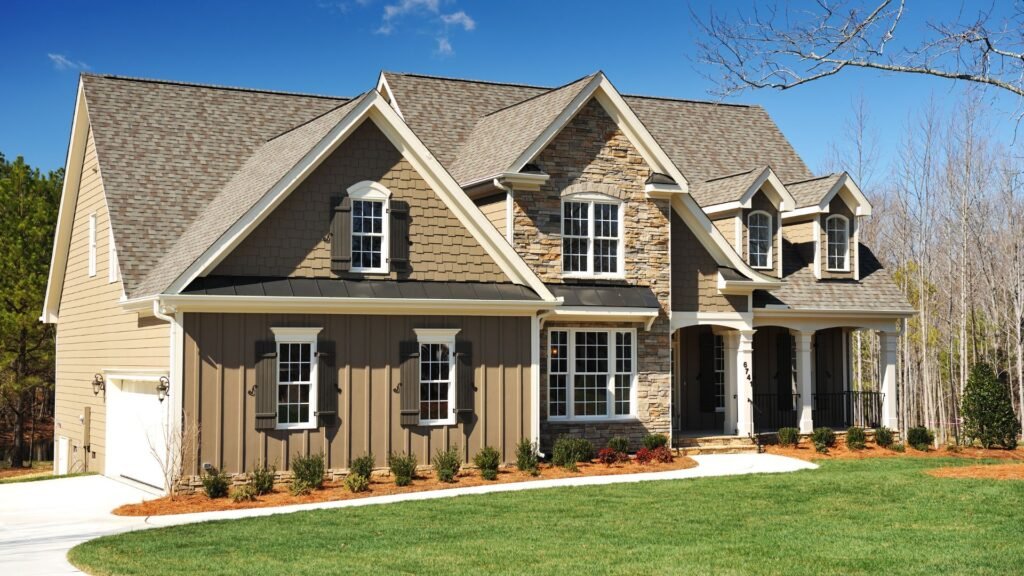
Buying Off The Plans: What It Means
Buying off the plans means purchasing a property before it’s fully built, based on architectural plans and developer promises. It’s a common path to homeownership in New Zealand, especially for buyers entering the market or investing in fast-growing areas.
This approach can be appealing, but it also comes with specific steps, legal processes, and risks. If you’re thinking about buying a new build this way, here’s exactly how it works and what to expect:
How It Works In NZ
When you buy off the plans in New Zealand, you’re securing a home that hasn’t been constructed yet. You usually sign a contract with the developer based on the final design, floor plan, and specifications.
The key benefit is locking in today’s price for a future home. This can be useful in rising markets where house prices may increase before the home is completed.
Developers typically offer off-the-plan homes in stages, especially in subdivisions or apartment buildings. You choose a lot, review the plan, and commit with a deposit, often before a single wall has gone up.
What To Expect At Each Stage
1. Initial research and selection
You choose a development or subdivision and review available lots or units. Builders provide detailed floor plans, material lists, and artist impressions.
2. Signing the contract
A sale and purchase agreement is signed. This includes details on the property, price, construction timeline, and what’s included.
3. Paying the deposit
You usually pay a deposit of 10% of the purchase price. This goes into a trust account and is held until the property settles.
4. Construction begins
As the build progresses, you’ll receive updates from the developer. Some contracts allow minor changes; others are fixed.
5. Final inspection and settlement
Once the home is completed and Code Compliance is issued, you’ll inspect the property, confirm everything matches the plan, and pay the balance.
How Deposits, Contracts, And Timelines Are Handled
Deposits
Deposits are typically 5% to 10% and are held in a solicitor’s or agent’s trust account. They’re protected until settlement, so your funds are not at direct risk unless the contract says otherwise.
Contracts
Contracts should include:
- Sunset clauses (final build deadline)
- Warranties (usually 10 years)
- Detailed specifications
- Clauses for material changes or substitutions
Always get a lawyer to review the contract before signing.
Timelines
Build timelines vary. On average, construction takes 6 to 12 months, but weather, council approvals, and material shortages can stretch this. A clear timeline in your contract helps manage expectations and avoid disputes.
Common Risks And How To Reduce Them
1. Delays in construction
Bad weather, supply chain issues, or staffing problems can push back completion. Reduce this risk by choosing builders with a strong track record and a solid project management process.
2. Design changes
Sometimes, the final build may differ slightly from the plan. To protect yourself, ensure the contract limits what changes are allowed and includes specific materials and finishes.
3. Developer insolvency
If the builder or developer goes under, your home may not be finished. Reduce this risk by working with established companies, checking financial stability, and ensuring your deposit is held in trust.
4. Market changes
If the market dips before the home is finished, your loan approval or resale value could be affected. To prepare, get pre-approval before signing and have a financial buffer.
Buying off the plans can be a smart move, if you do your homework. It’s essential to read every contract carefully, work with professionals, and stay involved during the build. That way, you’ll reduce risk and improve your chances of a smooth home-buying experience.
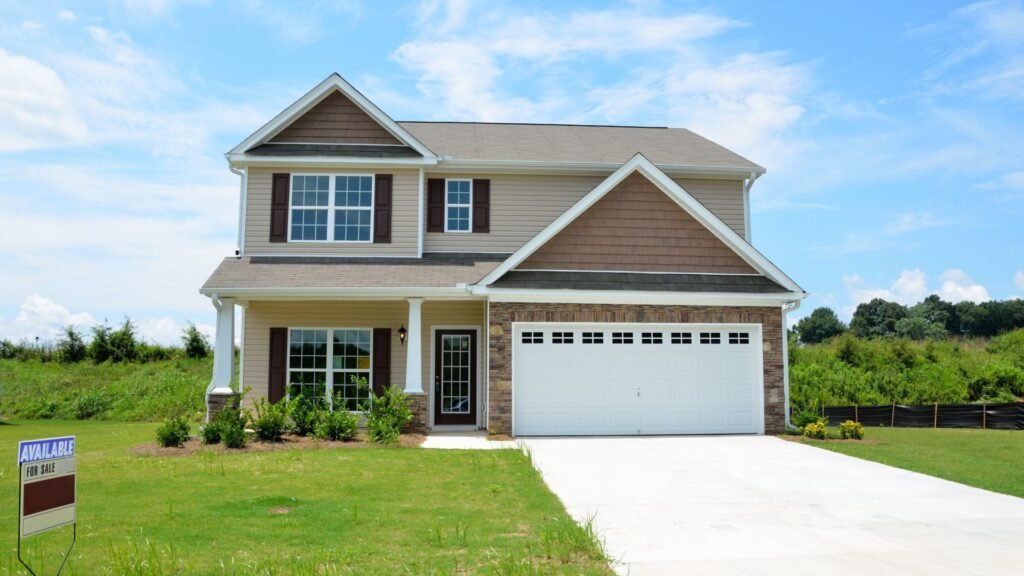
Costs Involved In New Build Homes
Buying a new build home in New Zealand isn’t just about the sticker price on a website or brochure. Understanding the full cost breakdown helps you avoid budget blowouts and unpleasant surprises. This section walks you through what you’re really paying for, what’s included, and what’s not:
Base Price Vs Turnkey Packages
Most builders in NZ will advertise a base price, this is often the starting point for a home and does not reflect the total you’ll end up paying.
The base price typically includes:
- Standard building materials
- Basic fittings and fixtures
- Limited customisation
It usually does not include:
- Driveways
- Fencing
- Landscaping
- Letterboxes or clotheslines
A turnkey package, on the other hand, means the home is fully finished and ready for you to move in. You pay one fixed price, and the builder handles everything, inside and out. This includes:
- Flooring
- Landscaping
- Driveway and paths
- Curtains or blinds
- Appliances (in many cases)
Turnkey builds are popular with first-home buyers because they’re simpler to finance and carry less risk of unexpected costs.
Hidden Costs: Driveways, Landscaping, Appliances
Even if your build seems affordable on paper, there are often hidden costs you need to budget for:
- Driveways And Fencing: Often not included in the base price. Expect to pay several thousand dollars depending on materials and length.
- Landscaping: Grass, trees, and gardens aren’t free. A simple lawn installation can cost $2,000 to $5,000, while more detailed landscaping could double that.
- Appliances: Some builders provide ovens and cooktops, but you may need to buy your own fridge, dishwasher, microwave, and washer/dryer.
- Window Coverings: Curtains and blinds are often left out, even in turnkey packages.
- Letterbox, Clothesline, TV Aerial: These small items add up but are rarely included unless you’re going with a fully loaded turnkey option.
- Consents And Inspections: Most builders include these, but always double-check. Additional council fees can pop up during the process.
Budgeting for these extras from day one helps avoid delays or overspending at the tail end of your build.
Cost Differences Across Auckland, Wellington, Christchurch, And Regional Areas
Where you build matters. New build prices can vary widely between regions due to land costs, labor availability, and demand.
- Auckland: Highest average prices. Expect to pay more for land and construction due to higher wages and demand. Turnkey builds can range from $850,000 to over $1.2 million depending on the suburb.
- Wellington: Slightly lower than Auckland, but tight land availability pushes prices up. Expect costs in the $700,000–$1 million range for a standard 3-bedroom new build.
- Christchurch: More affordable due to flat land and planned development zones. Many new builds fall within the $600,000–$800,000 range.
- Regional Areas: Cheaper builds are common in towns like Timaru, Invercargill, or Whanganui. Full new builds can start from $500,000–$650,000, but choice of builders and materials may be limited.
These are averages. Costs can shift based on the builder, home design, section size, and extras.
How To Read A Build Quote Or Contract
Reading a build quote can feel like learning a new language, but getting it right can save you tens of thousands of dollars.
Here’s what to focus on:
- Inclusions And Exclusions: Check what’s actually covered. If landscaping or driveways aren’t listed, they’re not included.
- Provisional Sums: These are estimates for parts of the build (e.g., earthworks, drainage). If the final cost is higher, you pay the difference. Ask for a breakdown.
- PC Sums (Prime Cost Items): These cover items like tiles or tapware. A low PC sum may mean you’re getting budget materials unless you upgrade, and upgrades cost more.
- Contingency Costs: Make sure the contract mentions what happens if unexpected issues arise (e.g., delays, material shortages).
- Timeline And Milestones: Ensure there are clear timeframes and penalty clauses if the builder goes over time.
- Fixed Vs Variable Pricing: A fixed-price contract offers more certainty. Variable-price contracts can fluctuate based on supply chain changes.
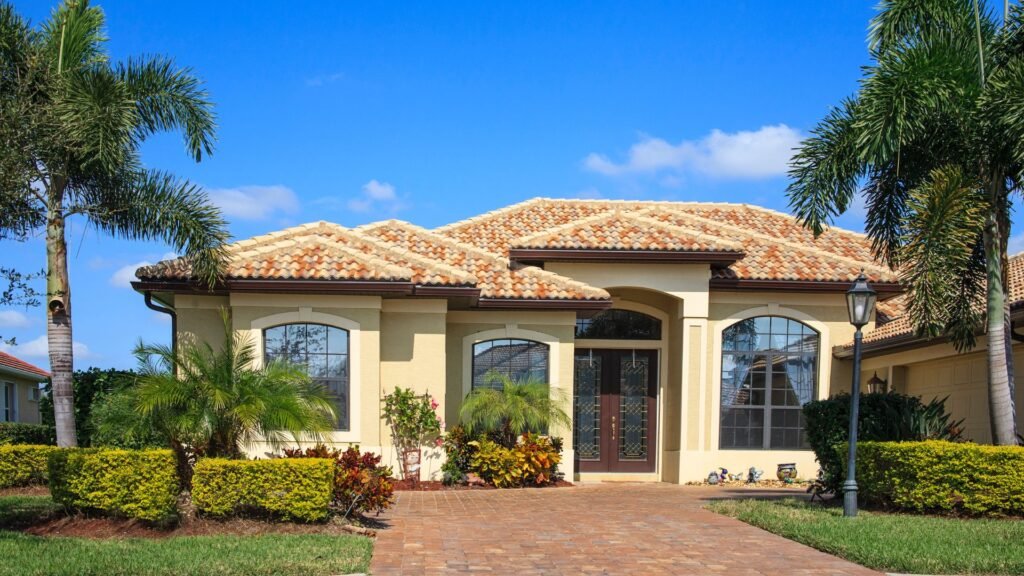
Financing A New Build: What Banks Look For
When you’re buying a new build home in NZ, the financing process isn’t quite the same as buying an existing property. Banks have different rules, risks, and requirements when it comes to lending for a home that’s not yet built. Understanding how this works will help you avoid surprises and move through the process more smoothly.
How Lending Differs From Existing Homes
With existing homes, the process is pretty straightforward: you agree on a price, apply for a mortgage, get approval, and settle on a set date. For new builds, the bank is taking on more risk, especially if construction hasn’t started yet.
They want to know:
- Who the builder is
- Whether the home will be completed
- How the value will hold up once finished
Because of that, banks are more cautious with new builds and may require extra documentation or assurances before approving your loan.
Loan Types: Turn-Key Vs Progress Payments
When financing a new build, the type of contract you sign with the builder affects the kind of loan you’ll need.
Turn-Key Contract
With a turn-key build, the builder covers all the construction costs, and you pay a single lump sum at the end. This option is easier for first-home buyers since you only need to secure a regular home loan and don’t make payments until the house is complete.
Progress Payment Loan
With a progress payment contract, the bank releases funds in stages as the build progresses, slab down, framing, roof, etc. You’ll start paying interest on the amount drawn down as each stage is paid. These loans require more planning, but they can offer flexibility if you’re managing the build yourself or working with a smaller builder.
What Banks May Require (e.g., Larger Deposits)
Banks apply stricter rules for new builds because of the added risk. Here’s what they may ask for:
- Larger deposits: While some lenders accept 10% deposits, others may want 20% or more, especially if it’s not a turnkey build.
- Fixed-price contracts: Many lenders prefer fixed-price building contracts with clearly defined stages and completion timelines.
- Builder’s background: Banks may review the builder’s credentials, previous projects, or membership in associations like Master Builders or Certified Builders.
- Registered valuations: Some banks request a registered valuation based on plans and specifications before approval.
The stronger your financial profile, the more flexible the bank might be. But generally, they want low risk and full transparency before committing.
Using KiwiSaver And First Home Loan Schemes
If you’re a first-home buyer, you may be able to boost your buying power with government-backed schemes.
KiwiSaver First-Home Withdrawal
You can withdraw most of your KiwiSaver savings to help with your deposit. This applies to new builds as well as existing homes. You’ll need to have been in the scheme for at least three years.
First Home Grant
Eligible buyers can get a grant of up to $10,000 for new builds ($2,000 per year of contributions, up to five years). This is only available for homes under regional price caps, and you’ll need to live in the home for at least six months.
First Home Loan
Offered by selected banks and supported by Kāinga Ora, this allows you to buy with as little as 5% deposit. The catch? You must meet income and house price limits, and the build must meet lending requirements.
Financing a new build isn’t harder, it just requires a different kind of prep. Talk to your bank or mortgage broker early, ask about the best loan type for your situation, and don’t be afraid to shop around. Each bank has its own rules, so getting advice up front could save you time and money.
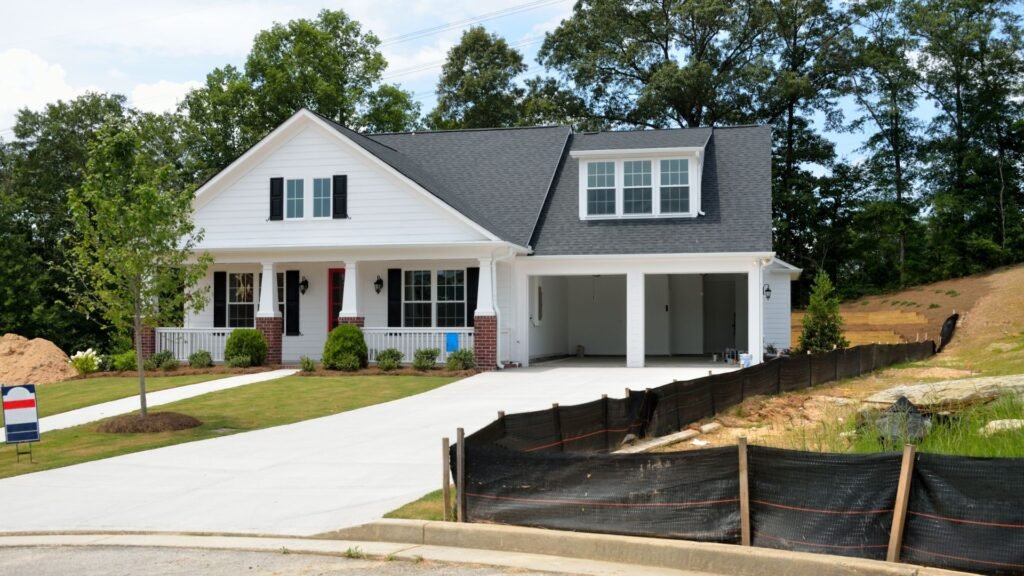
How To Choose A Reputable Builder
Choosing the right builder for your new home in New Zealand is one of the most important decisions you’ll make during the entire process. A good builder helps bring your vision to life. The wrong one could cost you time, money, and a lot of stress. This section will guide you through what to look for, what to ask, and how to avoid costly mistakes, written in plain language for real homebuyers, not robots.
What To Look For: Credentials, Portfolio, Reviews
Start by checking the basics. A reputable builder should be licensed under New Zealand’s Licensed Building Practitioners (LBP) scheme. This ensures they meet professional standards and follow building code requirements.
Ask to see their portfolio of past projects. Look for variety in style, attention to detail, and homes similar to what you want. Don’t just rely on display homes, they’re designed to impress. Real-world examples tell you more about the builder’s consistency and quality.
Customer reviews also matter. Check Google Reviews, Facebook, and independent review sites. Pay attention to how recent reviews are and how the builder responds to negative feedback. Consistently good reviews show reliability.
Questions To Ask Builders
Don’t be afraid to ask questions. A good builder will welcome them. Here are key questions to start with:
- Are you licensed and insured?
- How many homes have you built like this before?
- What is included in the base price?
- Can I visit current or past builds?
- What happens if there are delays or changes in material prices?
- Who manages the subcontractors?
These questions give you a clear view of how the builder works, how transparent they are, and whether you can trust them with your investment.
How To Avoid Cowboy Operators
Unfortunately, not every builder plays fair. Some cut corners, ignore building codes, or walk away mid-project. To avoid cowboy operators, do the following:
- Make sure they’re a licensed building practitioner.
- Ask for proof of recent work and client references.
- Watch for vague quotes or unwillingness to provide details.
- Be cautious of prices that seem too good to be true.
Use a detailed contract that covers pricing, materials, timelines, and penalties for delays. Always get legal advice before signing anything.
Websites Or Directories Where Buyers Can Compare Builders
There are several trustworthy websites where you can research and compare builders:
Registered Master Builders
Offers a searchable database of members who meet quality standards and offer guarantees.
Licensed Building Practitioners Register
Lets you verify if a builder is officially licensed and qualified.
Builderscrack
A platform where homeowners review builders and share job experiences.
NoCowboys
A review site specifically for tradespeople, including builders, with public feedback from clients.
These platforms help you make informed decisions, compare multiple options, and avoid relying solely on word-of-mouth or flashy ads.
When you’re building a new home in NZ, your builder is your partner from start to finish. Taking the time to research, ask the right questions, and check credentials will save you time, stress, and money in the long run. Trust is earned, not assumed. Choose wisely.
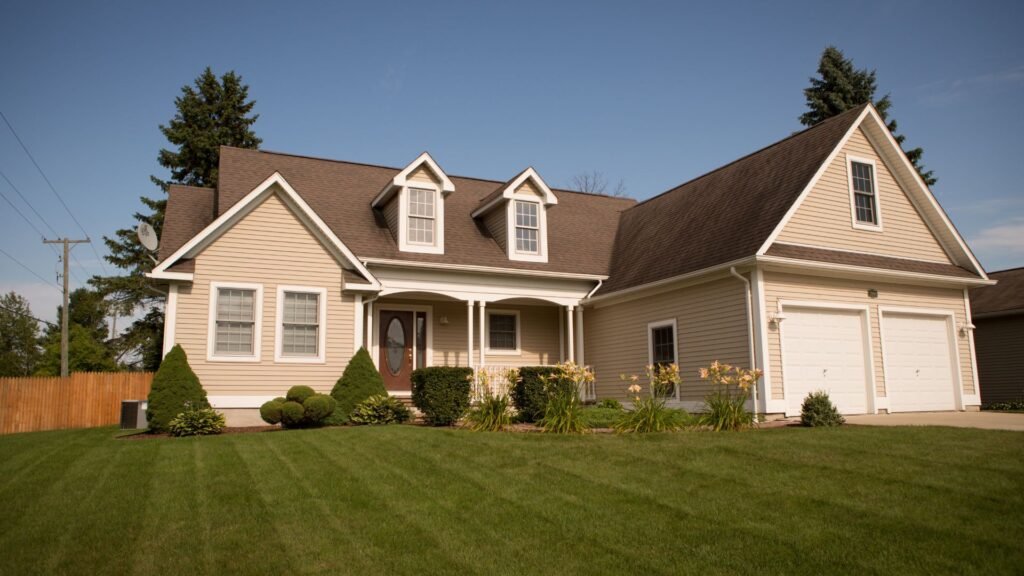
Should You Go With A House And Land Package?
Buying a new home is a big step, and one option many New Zealanders consider is a house and land package. If you’re not familiar with the term, it simply means you buy both the land and a brand-new home in one deal, usually from a single developer. It’s an all-in-one solution that removes some of the stress and guesswork that comes with building a home from scratch.
What It Includes
A typical house and land package includes two main components: the section (land) and a newly built home. Developers usually offer a set of pre-designed house plans that you can choose from. In some cases, you might be able to tweak the layout, finishes, or fixtures, depending on how far along the project is.
There are two main types of house and land packages:
- Turnkey packages: You pay a deposit upfront and the full balance when the home is complete. The builder handles everything, from council consents to landscaping, so you get the keys and move in right away.
- Progress payment builds: You pay the builder in stages as construction progresses. These offer more flexibility but require closer involvement and financing as the project develops.
These packages often come with fixed pricing, making it easier to budget. Some even include extras like fencing, driveways, and appliances, but always read the fine print.
Pros And Cons Vs Custom Builds
A house and land package offers convenience, but it’s not the right fit for everyone. Here’s how it stacks up against a fully custom build:
Pros
- Simplified process: You deal with one developer for both land and construction.
- Faster timelines: Pre-approved plans mean quicker council consents and less back-and-forth.
- Fixed pricing: You know upfront what the home will cost, reducing budget blowouts.
- Less decision fatigue: Limited design options mean fewer choices, which can be a good thing for overwhelmed buyers.
- Developer incentives: Some offer bonuses like free upgrades or help with legal fees.
Cons
- Limited design flexibility: You’ll likely choose from a few standard plans.
- Location constraints: Packages are often in new subdivisions, which may not suit everyone.
- Potential for hidden costs: Some essentials, like driveways or landscaping, may not be included.
- Cookie-cutter feel: Homes may look similar to others in the area.
With a custom build, you get full control over every detail, from layout to cladding. But it comes with added complexity, longer timeframes, and more risks, especially if you haven’t built before.
When This Is A Good Choice For Buyers
A house and land package is a smart option for buyers who want a balance between convenience and affordability. It’s especially appealing for:
- First-home buyers: The process is more structured and often eligible for government grants.
- Busy professionals or families: If you don’t have time to manage a build project, turnkey packages reduce the load.
- Investors: These packages are ideal for rentals, quick builds, modern specs, and low maintenance.
- Those on a fixed budget: Fixed-price builds reduce the chance of unexpected costs.
It’s also a great choice if you’re okay with living in a newer suburb or development area where these packages are more common. While you won’t get a one-of-a-kind home, you’ll get a practical, new, and efficient one, with far fewer headaches. Before signing anything, always compare what’s included in the package, talk to past buyers, and get legal advice. A house and land package can offer peace of mind, but only if you know exactly what you’re getting.
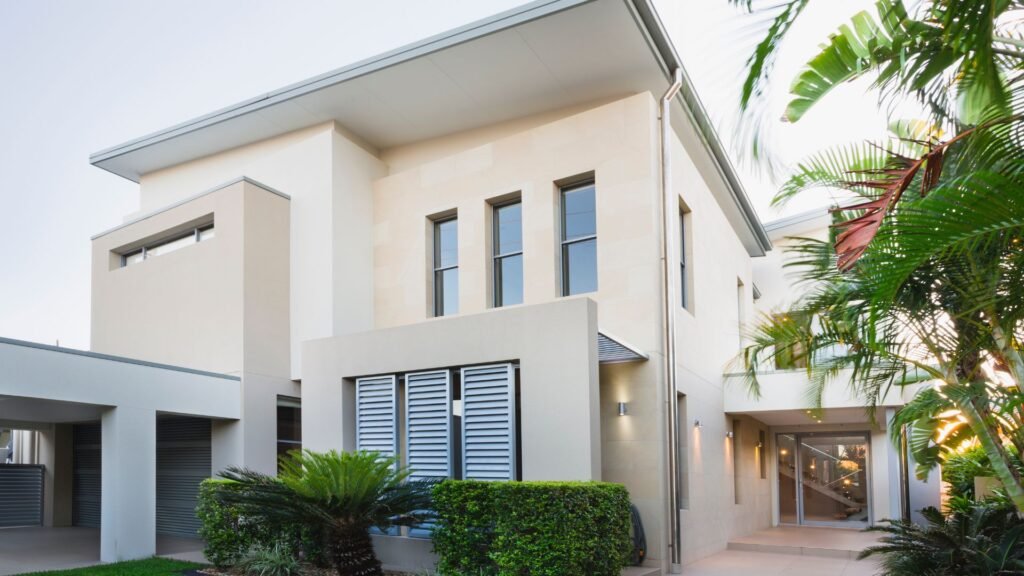
Location Matters: Where New Builds Are Booming
Choosing the right location is one of the most important decisions when buying a new build home in New Zealand. It doesn’t just affect your lifestyle, it also impacts your long-term investment, resale value, and daily convenience. Whether you’re looking in a major city or considering a growing regional town, understanding where new builds are booming, and why, can help you make a smarter, more confident decision.
Top Areas For New Builds In NZ
Several areas across New Zealand are seeing rapid growth in new residential developments. These locations attract both first-home buyers and investors due to affordability, lifestyle perks, and future growth potential.
Auckland
Suburbs like Flat Bush, Westgate, and Takanini have become hot spots for new builds. These areas offer modern housing in planned communities with nearby transport links, retail hubs, and schools.
Hamilton
The city’s rapid expansion and proximity to Auckland have made it a magnet for new subdivisions. Peacocke and Rototuna are key zones offering house and land packages with family-friendly appeal.
Tauranga
Papamoa and Pyes Pa are among the fastest-growing new build areas. These coastal suburbs offer a mix of lifestyle and long-term growth potential.
Christchurch
Suburbs like Rolleston and Halswell are popular for new developments. They’re affordable, close to the city, and supported by strong infrastructure investment.
Wellington Region
Areas like Upper Hutt and Porirua are seeing steady new build activity. They’re connected by train lines and offer a lower price point than central Wellington.
Queenstown and Wanaka
Though higher in price, these towns attract luxury builds and investors looking for short-term rental opportunities and long-term capital growth.
Factors To Consider: Transport, Schools, Infrastructure
Before deciding on a location, it’s important to consider what’s around the home, not just the home itself. New builds often pop up in newer or growing areas, and not all of them offer the same level of convenience.
Transport Access
Look for areas close to motorways, train stations, or bus routes. Easy access to transport reduces daily stress and increases the appeal of your property to future buyers or tenants.
Schools And Education
For families, living near good schools is essential. Even if you don’t have kids, homes in top school zones tend to hold value and attract stronger demand later on.
Shops, Parks, And Services
New communities often grow fast, but make sure the basics are already in place. You want to be near supermarkets, medical centers, parks, and gyms. Bonus if there’s a shopping center or weekend market nearby.
Future Development Plans
Research council plans and zoning changes. If a suburb is scheduled for new roads, transport hubs, or commercial centers, it could increase property value in the next few years.
Suburb Vs Regional Town Builds
Both suburbs and regional towns have their own pros and cons when it comes to new builds. The best choice depends on your budget, lifestyle, and long-term goals.
Suburb Builds
Buying in a suburb within a major city like Auckland or Wellington usually means better access to jobs, public transport, and urban amenities. However, prices are higher, and section sizes tend to be smaller. You’ll also face more competition.
Regional Town Builds
Smaller towns like Rolleston, Whangārei, or Cambridge offer more land for your money, less traffic, and a slower pace of life. They’re ideal for families or remote workers. The downside? Fewer job options and potentially slower capital growth, depending on the area.
When looking at new build homes in NZ, don’t just focus on the house. Focus on what’s outside your front door. Is the area growing? Is it safe? Is it easy to get to work or drop off the kids? Those answers will help guide your decision, and protect your investment.
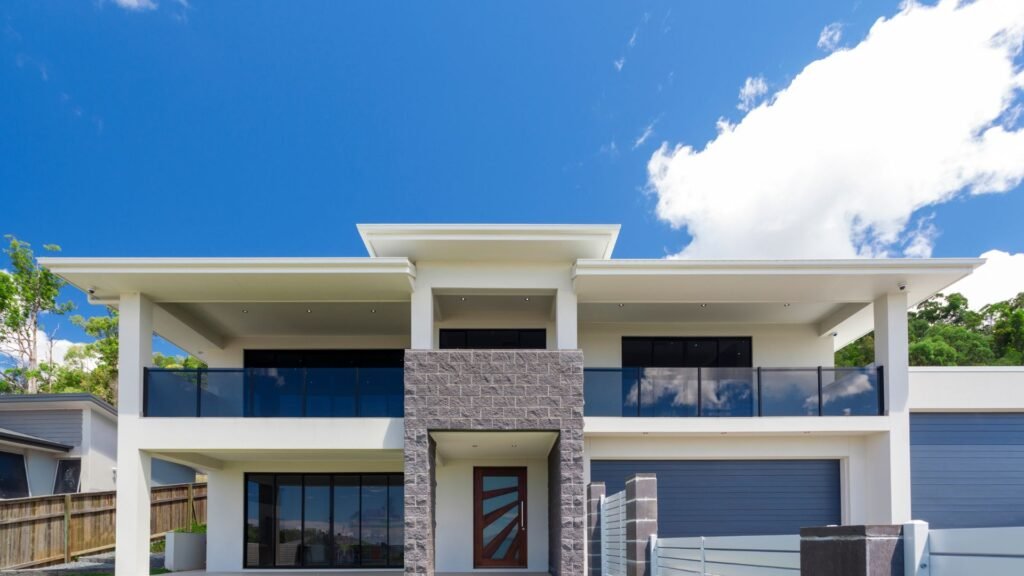
Tips For First-Home Buyers Looking At New Builds
Buying your first home is a big milestone. Choosing a new build can make the process smoother, but it still comes with challenges. If you’re a first-home buyer in New Zealand considering a new build, you need to approach it with a clear plan and realistic expectations. Below are key tips to help you stay in control from start to finish.
How To Budget Realistically
Start by working out how much you can afford, not just for the house, but for everything that comes with it. Many new builds are advertised with a “starting from” price, but this doesn’t always include landscaping, driveways, fencing, or appliances. Ask for a full breakdown of costs, including:
- Legal fees
- Builder’s deposits
- Loan application or valuation fees
- Connection costs for water, power, and internet
- Council rates and insurance
Use online mortgage calculators to estimate repayments, but also speak to a mortgage adviser. Many first-home buyers use KiwiSaver, the First Home Grant, or the First Home Loan scheme, so include those in your calculations. Build in a buffer of at least 10% for unexpected costs or changes during the build process.
Understanding Timeframes And Milestones
New builds often take 6–12 months or more to complete. Be ready for delays caused by weather, material shortages, or council inspections. Builders usually provide a rough timeline, but it’s important to understand what happens at each milestone.
- Land purchase and title registration
- Consents and approvals
- Foundation and frame completion
- Roof and exterior cladding
- Interior fit-out and finishing
- Final inspection and code compliance certificate
Ask your builder for regular updates and progress photos. Don’t be afraid to check in if things seem quiet. Knowing the timeline helps you plan your move, manage finances, and avoid unnecessary rent or storage costs.
How To Inspect And Finalise Your Build
Before you make your final payment or move in, you need to inspect the property thoroughly. This is often called a “pre-settlement inspection.” It’s your chance to identify anything that’s incomplete, damaged, or doesn’t match the contract.
Here’s what to check:
- All taps, toilets, and electrical points work
- Walls, floors, and ceilings are finished properly
- Appliances are installed and functioning
- Doors and windows open and close smoothly
- Any agreed extras are in place (e.g., heat pump, fencing)
Make a list of anything that needs fixing and give it to the builder before signing off. You can also hire a professional building inspector to help spot things you might miss. Only sign the handover paperwork once you’re satisfied everything meets your expectations.
Taking the time to budget properly, understand the build timeline, and inspect the final product can save you a lot of stress. A new build offers a fresh start, but only if you stay informed and proactive every step of the way.
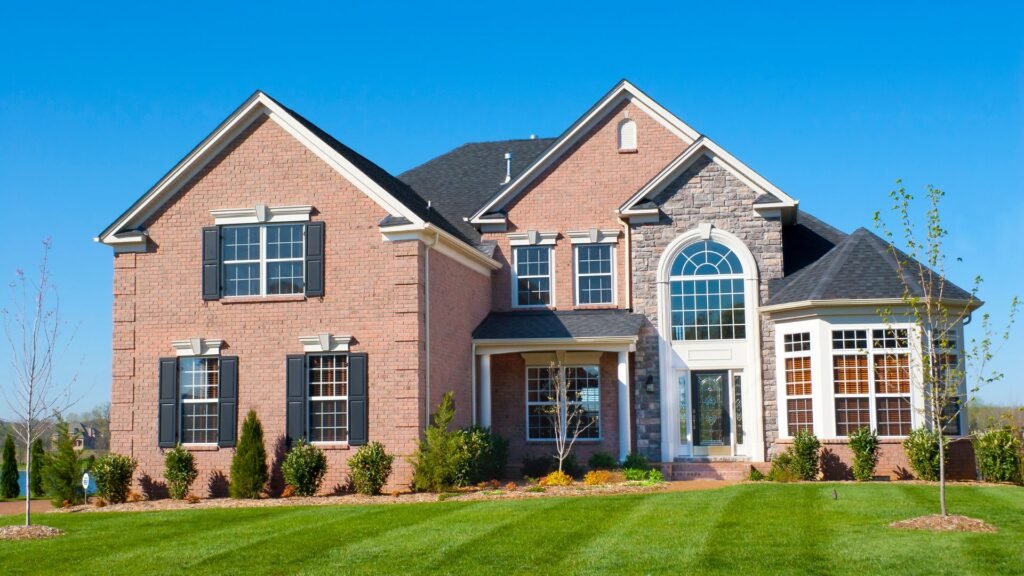
What To Watch Out For In The Contract
Buying a new build home is exciting, but the contract you sign can make or break your experience. Before putting pen to paper, it’s important to know what to look for and what could cost you time, money, or peace of mind down the track. Many buyers focus on the price and design, but the fine print is where the real risks can hide. Here’s what you should pay close attention to when reviewing your new build contract:
Sunset Clauses
A sunset clause sets a final date by which the home must be completed. If the build isn’t finished by that date, the buyer or developer (or sometimes both) can cancel the contract. This is meant to protect buyers from projects that drag on too long, but in some cases, developers use it to walk away from contracts when property values go up.
Ask these questions:
- Who has the right to cancel under the clause?
- Can the date be extended, and under what terms?
- Will your deposit be refunded in full if the contract is cancelled?
Don’t assume this clause is harmless. Read it carefully and understand who it benefits.
Building Timelines And Delay Clauses
Most contracts will include an estimated build time, often in stages. But construction delays happen, bad weather, material shortages, or even staff issues can cause slowdowns. That’s why contracts also include clauses about what happens if the build is delayed.
Look for:
- What’s the estimated completion time?
- Are there penalties if the builder runs late?
- What delays are considered “excusable”?
Some contracts include large buffers that allow builders to delay without compensation. Make sure the timeline is realistic and ask what rights you have if the build takes longer than expected.
Clauses On Price Increases
Many builders add price escalation clauses that allow them to raise prices after the contract is signed. This might apply to materials, labour, or even currency fluctuations. While it’s common in volatile markets, these clauses can catch buyers off guard, especially those on tight budgets.
Check:
- Is the price fixed or variable?
- What events allow for a price change?
- Will you be notified before any increase?
If the contract includes a clause like this, ask the builder to clearly explain when and how extra charges could apply.
Getting Legal Advice Before Signing
This is non-negotiable. Always get an experienced property lawyer to review the contract before you sign. A good lawyer will help you spot:
- Unfair terms
- Ambiguous wording
- Missing details
- Risks that aren’t obvious
Don’t rely on verbal promises or brochures. Only what’s written in the contract is legally binding. If something’s not clear or feels risky, your lawyer can help you negotiate changes or walk away if needed. Understanding your contract protects you from nasty surprises later. Take your time, ask questions, and get expert advice. It’s not just paperwork, it’s your future home.
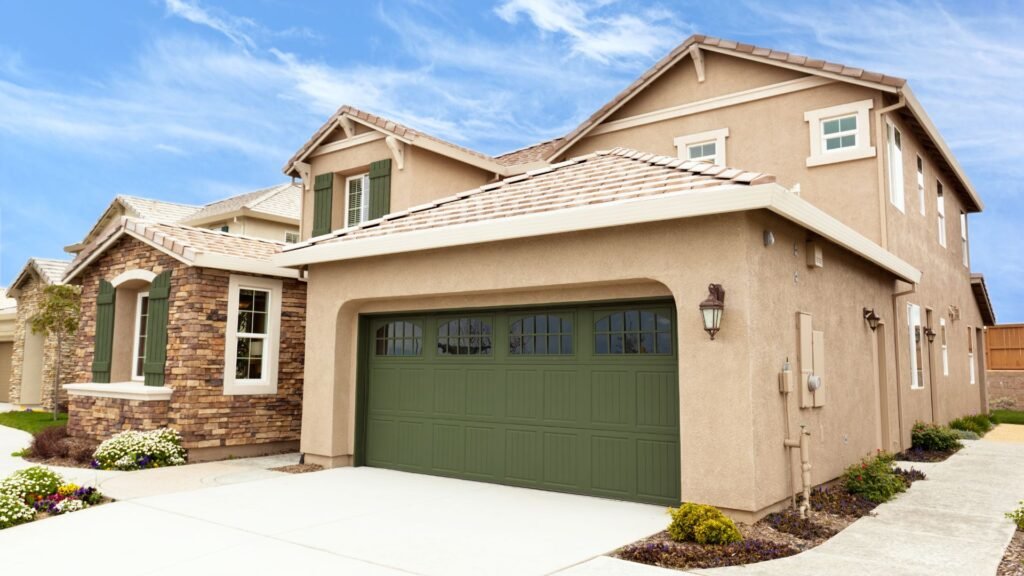
The Future Of New Builds In NZ
New build homes are shaping the way New Zealanders live, invest, and grow communities. As the demand for housing continues to rise, it’s important to understand where things are headed. From government-led urban development to shifts in building materials and supply trends, the landscape for new builds is evolving fast. Here’s what you should know.
Government Plans And Urban Development
The New Zealand government is actively pushing for smarter housing development through large-scale urban planning. Projects like KiwiBuild, the Auckland Housing Programme, and regional growth strategies are creating more opportunities for new homes in high-demand areas.
The goal? Increase housing supply, improve affordability, and reduce urban sprawl. This means more new builds are popping up in mixed-use zones, transit hubs, and master-planned communities where people can live, work, and play within walkable distances.
If you’re thinking about buying a new build, keep an eye on council zoning changes, upcoming subdivisions, and transport upgrades. These areas often gain value quickly and are designed for long-term livability.
Trends In Sustainable Building
Sustainability is no longer a luxury, it’s becoming standard. Builders across New Zealand are embracing eco-friendly practices to meet stricter building codes and rising buyer expectations.
Here are the top trends in sustainable new builds:
- Better insulation and double glazing to reduce energy costs
- Solar panels and energy-efficient heating systems
- Rainwater collection and low-flow plumbing fixtures
- Recycled or low-carbon construction materials
These changes aren’t just good for the planet, they can lower your monthly bills and boost resale value. Many new homes are now being rated under the Homestar system, which gives buyers a clear picture of a home’s environmental performance.
What To Expect In Pricing And Supply
Pricing for new builds is influenced by land availability, building materials, labor, and economic pressures like inflation. Over the past few years, costs surged due to global supply chain issues and demand spikes. But builders are now reporting more stable material costs and better access to skilled workers.
What this means for you:
- Prices are still high in popular cities, but growth has slowed.
- More affordable options are emerging in regional towns.
- Delays are shorter, with most builds staying closer to schedule.
- Developers are offering incentives like fixed-price contracts or upgrades.
Expect ongoing pressure on land prices near major urban centers. That’s why it pays to research newer developments, fringe suburbs, and areas supported by future infrastructure plans.
The future of new build homes in NZ looks promising. As government support increases, building practices improve, and more areas become available for development, buyers have greater choices than ever before. Whether you’re buying your first home or planning a smart investment, staying informed about these trends can help you make the right move at the right time.
Discover how easy it can be to own a brand-new home in NZ. Explore home and land packages, costs, and more on our homepage.
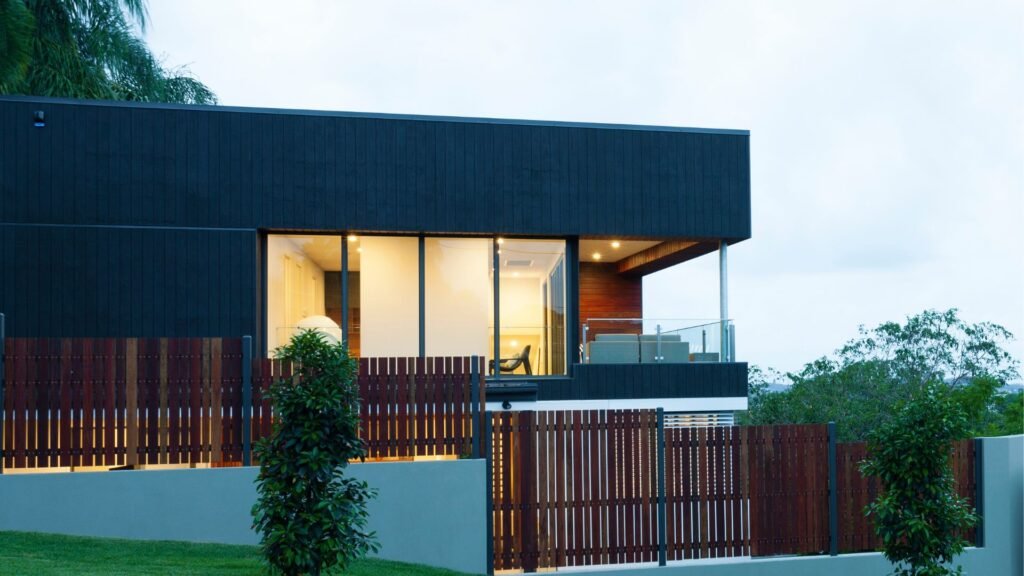
FAQs: About New Build Homes In NZ
What is considered a new build home in NZ?
A new build home in New Zealand refers to a property that has been recently constructed and has never been lived in. This includes standalone houses, townhouses, and apartments built from scratch, often sold directly by developers or builders.
Are new build homes more expensive than existing homes?
Not always. While new builds can have a higher upfront price in some locations, they often save buyers money in the long term due to fewer repairs, modern insulation, and energy-efficient features. Government grants and reduced maintenance also help lower total ownership costs.
What are the benefits of buying a new build home?
Key benefits include modern design, energy efficiency, lower maintenance, 10-year warranties, and eligibility for first-home buyer incentives. Buyers may also get the chance to choose finishes and layouts before completion.
What are the risks of buying off the plans?
Buying off the plans can involve delays, changes to design or materials, and the risk of builder insolvency. It’s important to review contracts carefully, understand sunset clauses, and work with trusted developers to reduce these risks.
How do I finance a new build home in NZ?
Financing options include turn-key loans (pay full amount at settlement) and progress payment loans (pay as the build progresses). Banks may require larger deposits for new builds, but buyers can often use KiwiSaver, First Home Grants, or First Home Loans to help.
What is a house and land package?
A house and land package is a deal where a developer offers both a section of land and a new home design as a package. It’s a common choice for buyers who want a streamlined process without managing separate land and construction contracts.
Can I negotiate the price of a new build home?
In many cases, yes. While pricing may be more fixed than with existing homes, some builders may offer upgrades, discounts on finishes, or help with closing costs, especially if you’re buying early in a development project.
What should I look for in a building contract?
Key things to check include the total price, timeline for completion, what’s included (fixtures, driveways, landscaping), delay clauses, price variation clauses, and warranties. Always get legal advice before signing.
Where are new build homes most popular in NZ?
Popular areas include Auckland suburbs like Flat Bush and Hobsonville, Christchurch developments, Wellington’s outer suburbs, and fast-growing regions like Tauranga, Hamilton, and Queenstown. Growth areas often have more land and new infrastructure.
Are new builds a good option for first-home buyers?
Yes, especially with access to First Home Grants and KiwiSaver. New builds often meet criteria for lower-deposit loans, offer peace of mind with warranties, and reduce the need for immediate repairs or upgrades.
Conclusion
Buying a new build home in NZ comes with real advantages, modern design, lower maintenance costs, energy-efficient features, and access to government incentives for eligible buyers. But it’s not a one-size-fits-all decision. You’ll need to weigh things like location, financing, timeline, and your personal preferences. Take the time to compare different builders, visit show homes, and understand what’s included in each package. Speak with mortgage advisers, legal experts, and others who’ve been through the process. Doing your homework now can save you stress and money later. Thinking of buying a new build? Start by comparing packages and checking builder credentials
